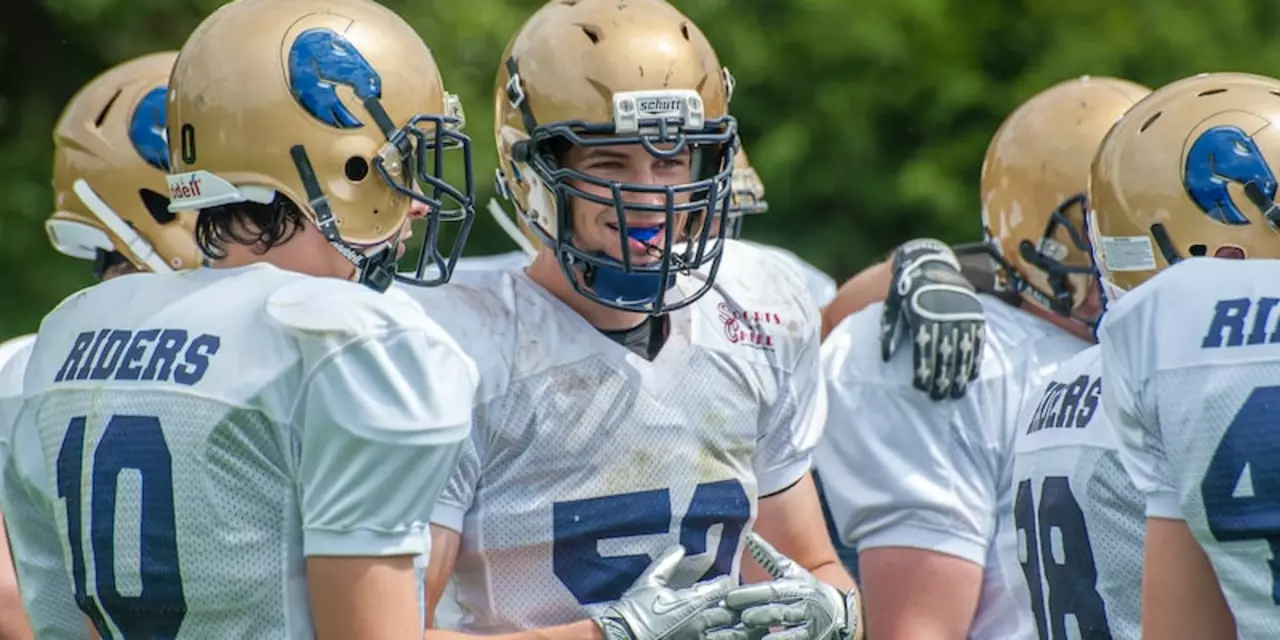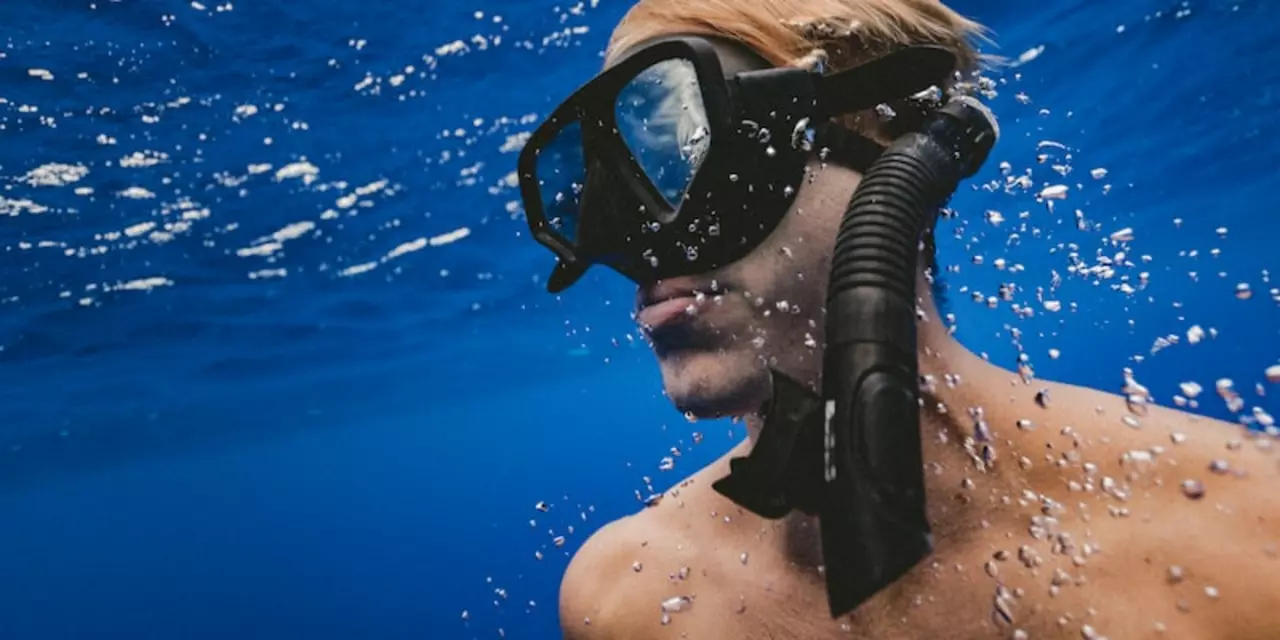February 2023 Swimming Articles – Aqua Athlete Evolution
When you explore February 2023, the month Aqua Athlete Evolution released a range of swimming‑focused pieces, you’ll see a clear focus on boosting performance in the water. This period encompasses practical advice, scientific insights, and product updates that matter to every swimmer.
One of the first topics we tackled was swim technique, the set of body movements that make a swimmer efficient and fast. From breathing patterns to stroke mechanics, our guides break down each element so you can apply it in the pool today. Swim technique improvements often translate directly into faster times, fewer injuries, and more confidence during races.
Building on that foundation, we introduced a series of training plan, structured workout schedules designed to develop endurance, speed, and strength for swimmers at every level. The plans spotlight periodisation, rest days, and cross‑training, showing that a well‑crafted schedule requires solid technique to deliver results. Readers learned how to sequence interval sets, mix sprint work with aerobic drills, and track progress with simple metrics.
Nutrition didn’t get left out. Our swimmer nutrition, dietary strategies that support energy, recovery, and overall health for athletes who spend hours in the water articles explained why carbs, protein, and hydration matter before, during, and after a workout. By linking fuel choices to training outcomes, we showed that swimmer nutrition influences recovery speed and muscle repair, which in turn fuels better performance in the next session.
What you’ll find in this archive
Across the month, we also covered gear trends, from low‑drag suits to smart goggles, helping you decide which equipment truly adds value. The gear reviews tie back to technique and training, because the right suit can shave seconds off a lap, while a reliable watch keeps your intervals on point. Together, these pieces form a cohesive toolbox for anyone serious about getting faster.
Another recurring theme was mental preparation. Short pieces on visualization, breathing control, and race‑day routines illustrated how a calm mind supports the physical work laid out in the training plans. This mental edge enables swimmers to stick to technique cues under pressure, turning practice habits into race‑day performance.
For younger athletes, we added beginner‑friendly checklists that outline essential drills and safety tips. These lists connect directly to the technique guides, ensuring that newcomers develop good habits early and avoid common mistakes that can become hard to break later.
Advanced swimmers got deep dives into interval analysis, using data from wearable devices to fine‑tune pace thresholds. The data‑driven approach demonstrates how technology can complement traditional coaching, bridging the gap between raw numbers and the feel of the water.
Every article was written with a clear goal: give you actionable steps you can try right after you finish reading. Whether it’s adding a new drill to your warm‑up, tweaking your carbohydrate intake, or testing a fresh pair of goggles, the advice is meant to be practical, not just theoretical.
So, as you scroll down, expect to see a mix of how‑to guides, expert interviews, gear roundup, and performance trackers—all tied back to the core ideas of technique, training, and nutrition that defined February 2023. Dive in and pick the pieces that match your current goals; the collection below is ready to help you level up your swim game.
Should I play a sport in high school even if I might not like it?
Playing a sport in high school can be a great way to stay active, make friends and learn important teamwork skills. However, if you don’t particularly enjoy the sport, it can be hard to stay motivated. It is important to consider the different benefits of playing a sport before deciding whether or not to play. It is ok to take some time away from the sport and reevaluate your feelings towards it, or to try a different sport to find one that is more enjoyable. Ultimately, it is up to the individual to decide if they should play a sport in high school.
Which U.S. states have the most professional sports teams?
This article explores the United States states that have the most professional sports teams. It looks at the number of teams in each of the major American sports leagues (NFL, MLB, NBA, NHL, and MLS), as well as the top states with the most teams overall. The top five states are California, New York, Texas, Florida, and Illinois, with California boasting the most professional teams in all five major leagues. Overall, the states with the most professional sports teams are largely concentrated in the Midwest and East Coast.
Why are swimming goggles tinted?
Swimming goggles come in a variety of tints and shades to suit different needs. Tinted goggles are designed to reduce the amount of light that enters the eyes, reducing glare and improving vision in bright sunlight or indoor lighting. Different tints also help swimmers to distinguish between different depths of water, and can reduce the strain on the eyes caused by bright light. They also help to protect eyes from the chemicals in swimming pools, and can reduce the risk of eye infections. In addition, some tints can be used to enhance performance by helping swimmers to focus on the water ahead.


